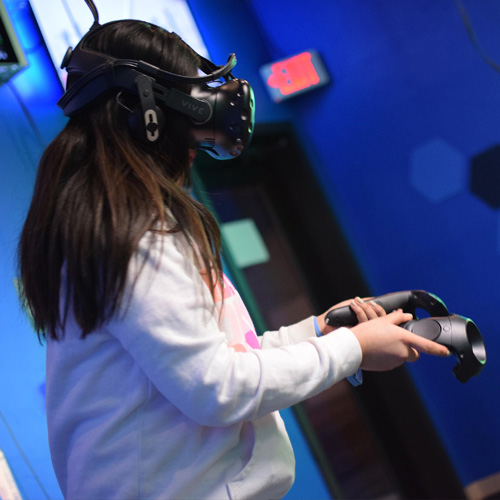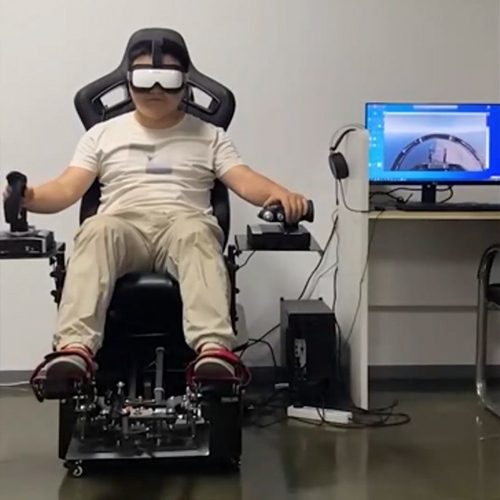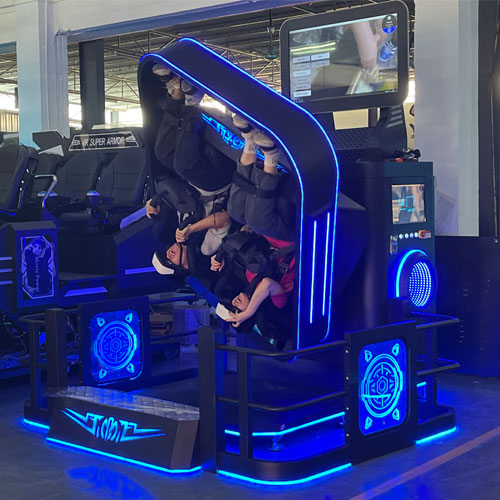قوانغتشو Funspace Technology Co., المحدودة.
FunSpace هي المورد والشركة المصنعة لآلات الأركيد التي تركز على البحث المستقل, إنتاج التنمية,المبيعات والخدمة لآلة ألعاب الأركيد التي تعمل بقطع النقود المعدنية.
اتصل بنا
هاتف: 0086 18011735497
بريد إلكتروني: [email protected]
عنوان: لا. 42 طريق شيشين, شارع دونغ هوان, منطقة بانيو , قوانغتشو, الصين.
قائمة طعام






